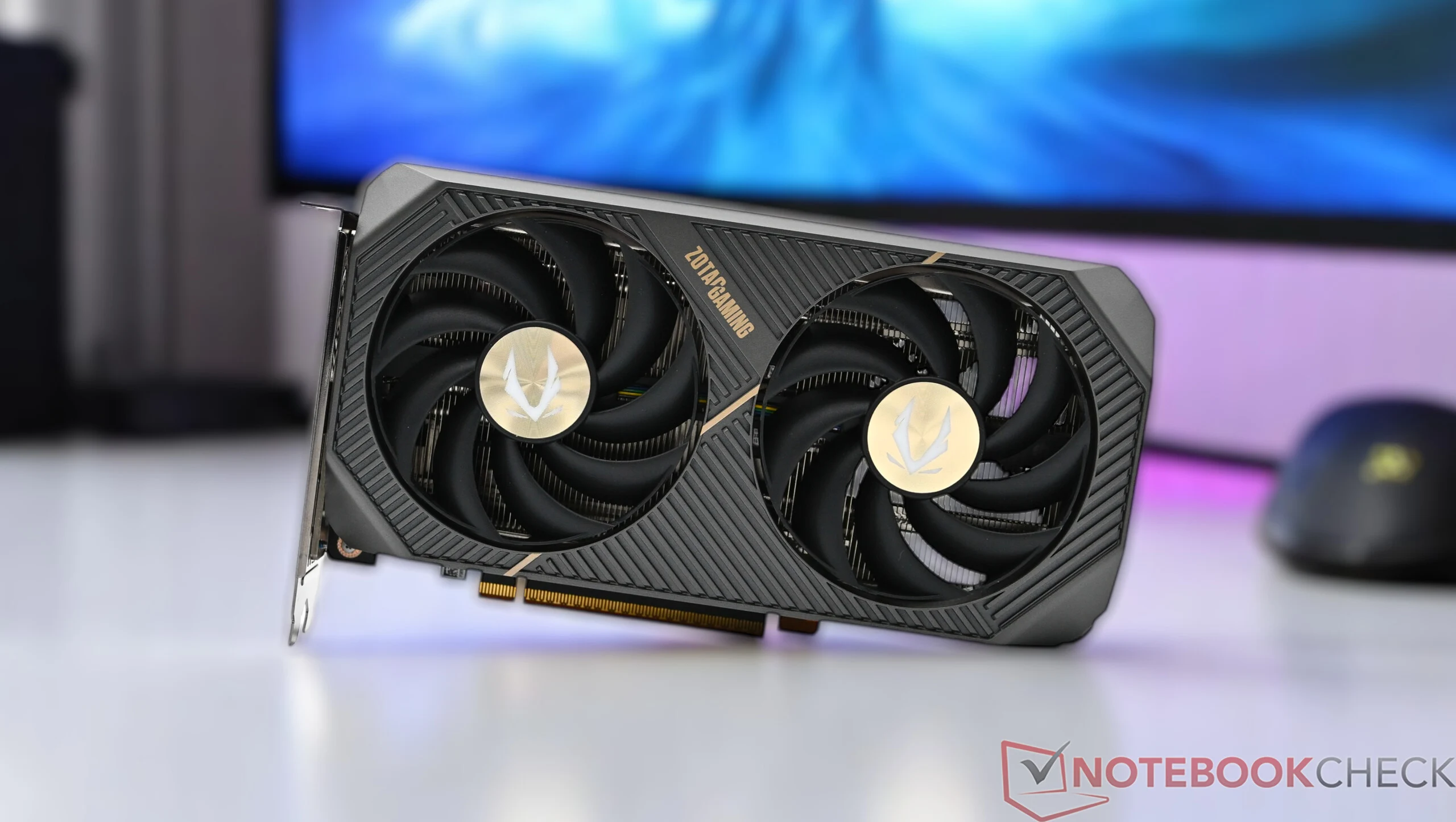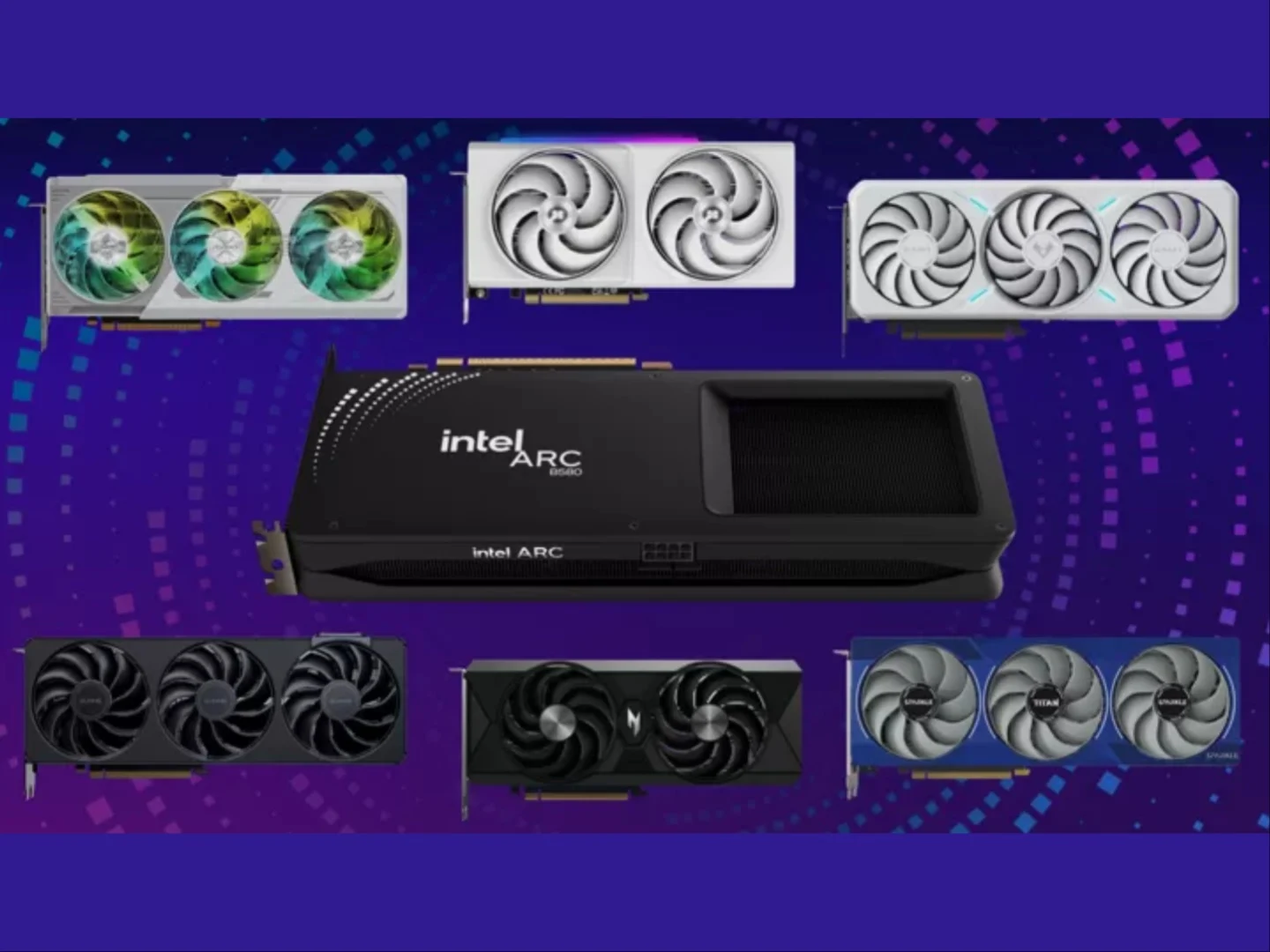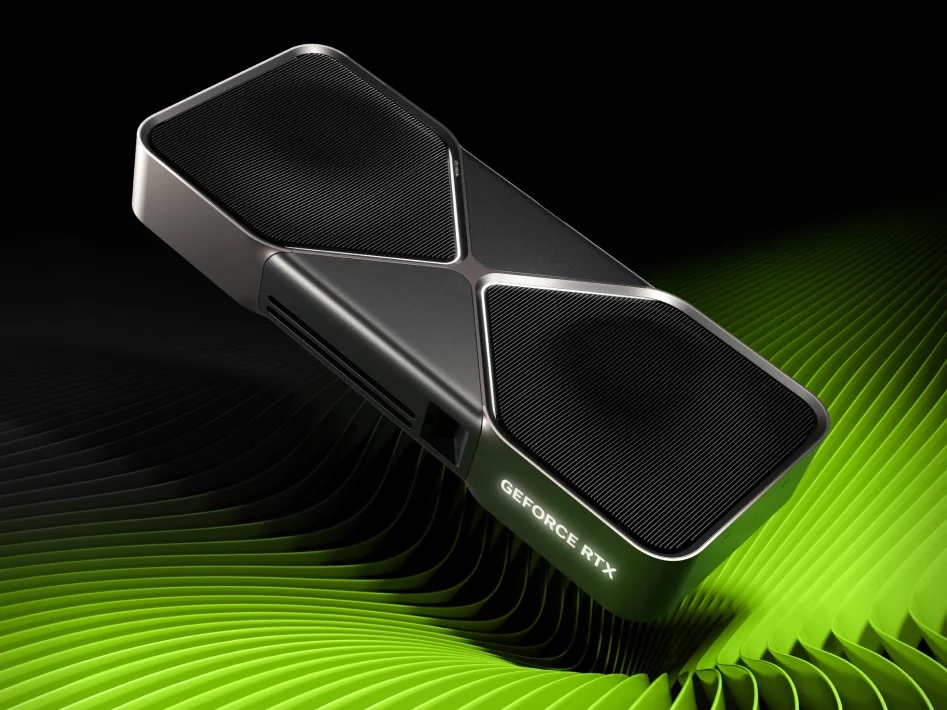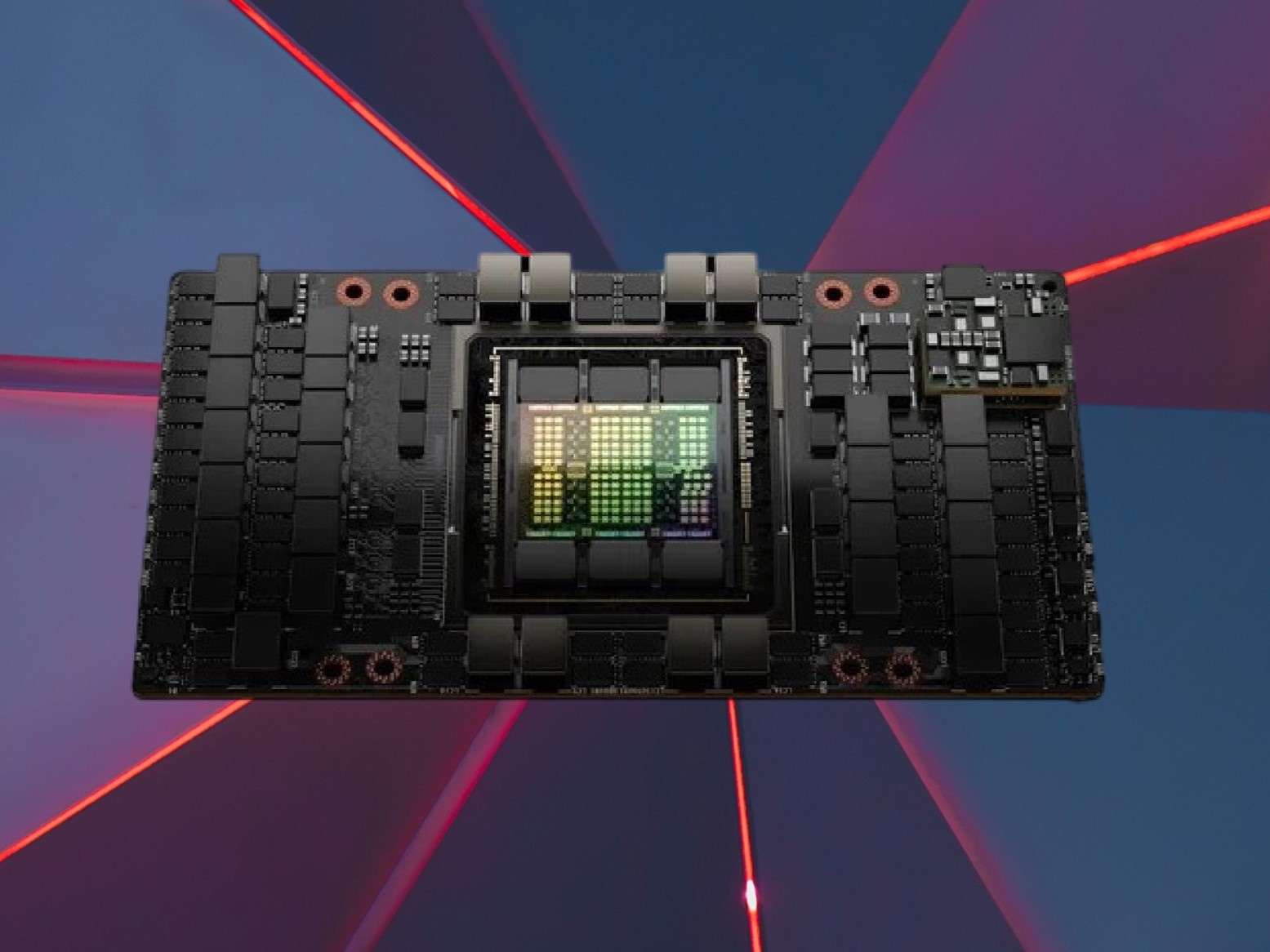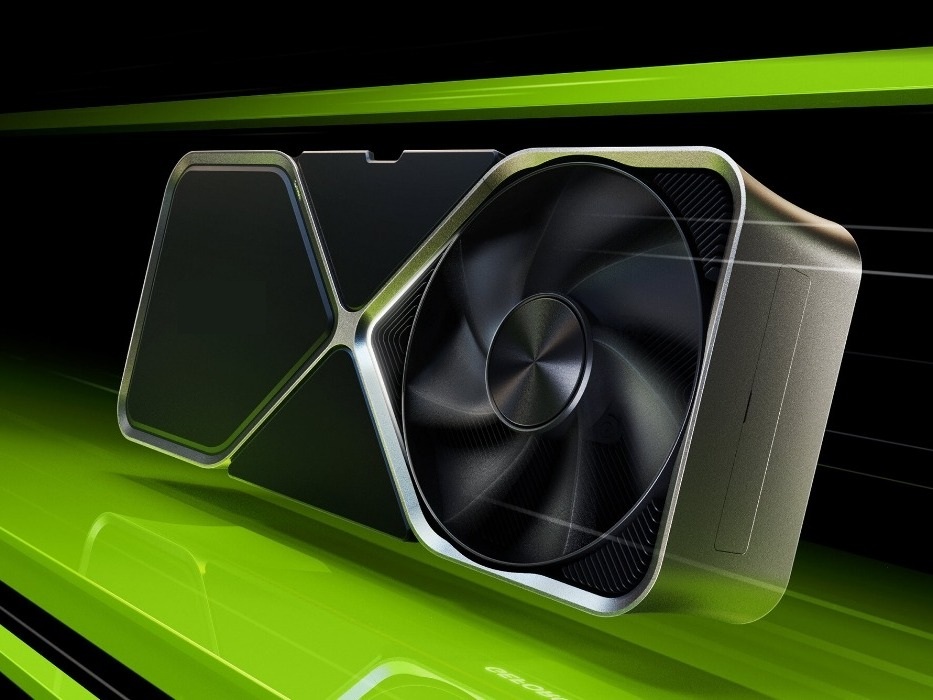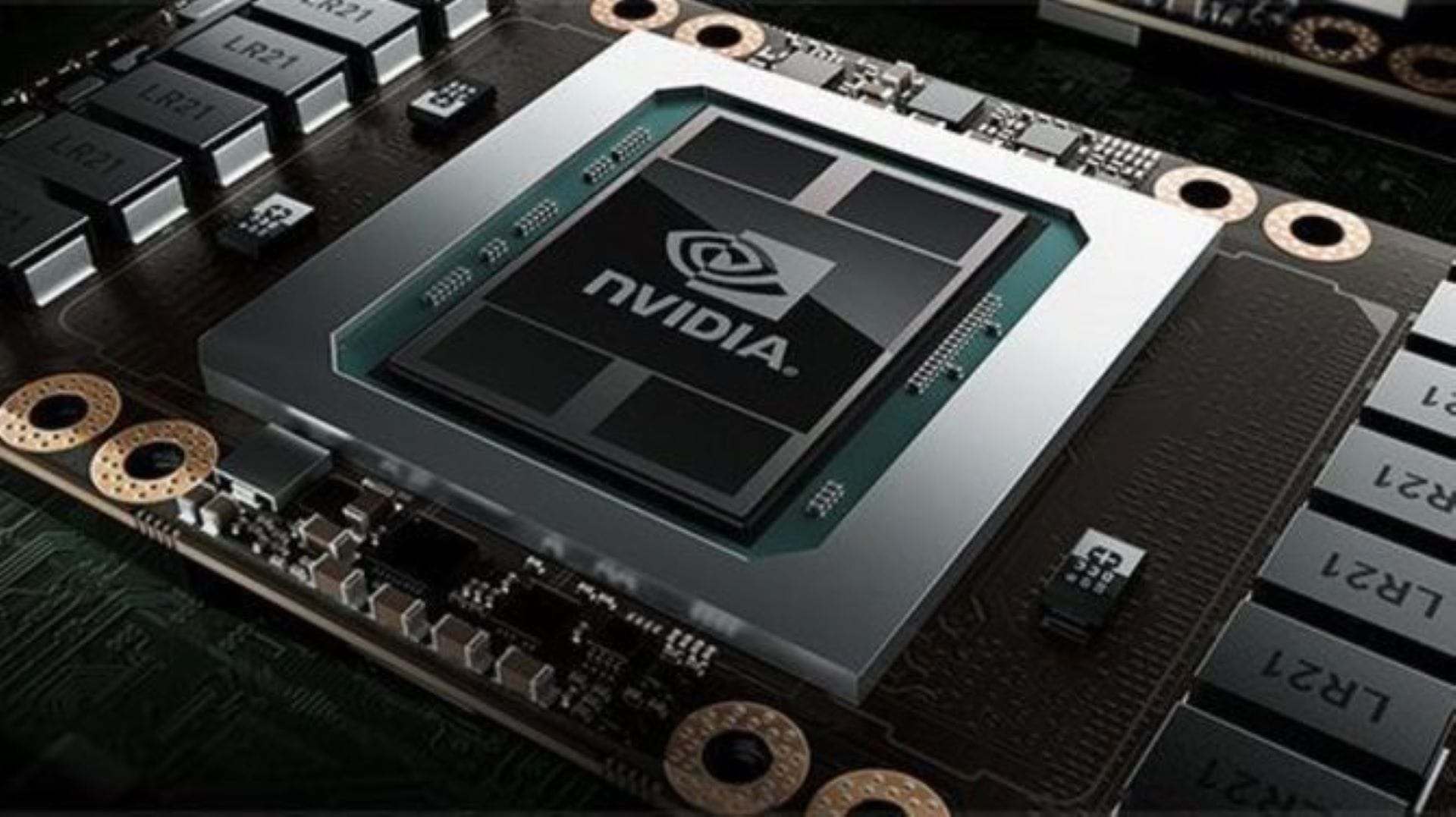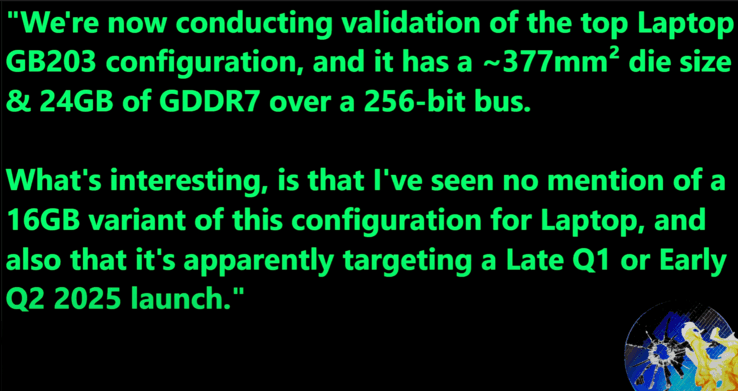Key Takeaways
1. Nvidia plans to release the RTX 6000D in Q3 2025, targeting two million units by year-end.
2. The RTX 6000D is built on Blackwell architecture using TSMC’s 4 nm technology and features GDDR7 memory with 1,100 GB/s bandwidth.
3. CEO Jensen Huang introduced the RTX 6000D during his trip to China, aiming to revive a key market for Nvidia.
4. Export controls since 2022 have led to significant inventory losses and unrealized revenue for Nvidia, totaling $7 billion.
5. Competitors like Huawei face challenges in AI silicon production, while Nvidia maintains a strong position in the AI GPU market with the upcoming RTX 6000D.
Nvidia is set to release the RTX 6000D in the third quarter of 2025, with a goal of shipping as many as two million units by the end of the year. This new graphics card is based on Blackwell architecture and is manufactured using TSMC’s 4 nm technology. It features GDDR7 memory, which offers approximately 1,100 GB/s bidirectional bandwidth—these specifications are crafted to navigate the existing U.S. export limits while still nearing HBM-level performance.
Jensen Huang’s Commitment
CEO Jensen Huang emphasized this initiative during his third trip to China in 2023 on July 14, where he introduced the RTX 6000D and other compliant GPUs to important partners amidst tight U.S. scrutiny. This visit highlighted Nvidia’s ambition to revive a market that previously accounted for over 13 percent of its yearly revenue.
Impact of Export Controls
Since 2022, the company has felt the weight of export restrictions. Initial bans prohibited the A100 and H100 models, followed by their lower clock-speed replacements, the A800 and H800. The restrictions extended to the H20 and even high-end gaming GPUs like the RTX 4090 and 5090D. Due to these limitations, Nvidia has already recorded $4.5 billion in inventory losses and written off an additional $2.5 billion in unrealized revenue.
Challenges for Competitors
Analysts observe that Chinese competitors such as Huawei and Cambricon are still pursuing domestic AI silicon but are hindered by production constraints at SMIC, high costs, bandwidth issues, and a software gap when compared to CUDA. These challenges, along with Nvidia’s near-monopoly in the AI GPU market, position the RTX 6000D favorably if the company can secure enough GDDR7 in the latter half of the year.
A successful launch would also enhance TSMC’s 4 nm utilization and could help Nvidia regain a considerable portion of its revenue from China, which dropped below five percent after the latest export bans. Thus, the RTX 6000D is not only a commercial opportunity but also a crucial test of how much downgraded AI hardware the U.S. regulators will permit.
Source:
link


